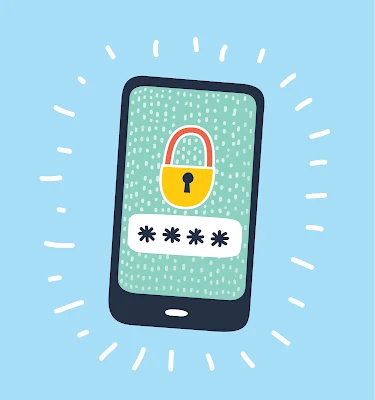The common misconception is that one needs to invest in costly software to manage their passwords. This is inaccurate. A rock-solid password system can be built using only a notebook and your mind.
This technique hinges on consistency alongside memory aids that tangibly resonate. No monthly subscriptions. No app malfunctions. No breaches of your cloud data.
Step 1: Create Formula for Personal Passwords
Stop generating random passwords for every account. Create one universal system that works for all your accounts.
Never forget base phrases like MyCoffeeIsHot or BlueDogRunsFast. These are simple and easy.
Now add simple rules for every site. For Gmail, GmaBlueDogRunsFast For Amazon, AmaBlueDogRunsFast For Netflix, NetBlueDogRunsFast.
Feel free to add a number, symbol or both at the end for sites that require it. Perhaps your birth year or an exclamation mark works too.
Only one phrase and one rule needs to be memorized to amass passwords. Every password is predictable for you but random for hackers.
Step 2: Only Write Hints, Never Full Passwords
Instead of writing GmaBlueDogRunsFast! encode it as Gma + base + !
To an outsider, your notebook contains a jumble of letters. To you, every word is tailored to help you retrieve your mnemonic formula.
Enhance the security of your reminders with personal hints. Perhaps 7 indicates put a mark of exclamation at the end or perchance X signals capitalize the middle word. Just choose whatever works for you.
Store this notebook in a drawer or a safe area at home. Online theft is much more prevalent than physical theft.
Step 3: Burn Passwords Into Memory With Repetition
Create a new password and immediately type it five times. Saying it out loud speeds short-term memorization.
Then apply the spaced repetition technique. Recollect and enter the password after 12 hours. Then after two days, and then one week.
Password amnesia kicks in 3-5 hours for most people. This schedule combats natural patterns of forgetting.
Combine the aforementioned steps with the finger pattern trick. Pay attention to how your fingers move while typing the password. Your hands hold muscle memory stronger than your brain to letter sequences.
For your base phrase, real-world logic suggests sketching it into a brief mind visualisation. If it’s BlueDogRunsFast, imagine a vibrant, blue canine dashing across a park. Unusual visuals are far better than mundane pictures as they are much easier to remember.
Why This Actually Works
This template approach does mean you’re not mentally holding dozens of random passwords. It's only one construct adaptable for any site.
Hints and passcodes do offer backup options without endangering the primary document. Even when someone finds them, their system remains safe.
Undetected systems protecting notes ensure that even when someone comes across them, they won’t be able to decipher your methods.
All of this stems from scholarly research about methods and techniques on how people retain information. Spaced repetition and visualization are bold fads - rather, shrewd means that rock solid strategies anchor the approach.
This method has the perfect fit that scales as well. Be it 10 accounts or 100, the effort needed remains unchanged.
Making It Even Stronger
Tweak the structure for key accounts, like email and banking, to alter the pattern. Make them more unique using different passwords and more cryptic hints.
Enable enhanced two factor authentication for critical accounts. Even when one’s password is cracked, the chances of access remain capped.
Never reuse identical codes across crucial accounts. While the formula can work for lesser critical sites, your bank deserves its own attention.
This approach aligns realistic security measures with human behavioral constraints. You receive solid, distinct passwords without the bewildering complexity that forces individuals to resort to using password123 all over the internet.
The primary factor is consistency. Select your strategy, implement it, and follow it religiously. After several weeks, creating new passwords is effortless. Your mind gets used to the system and adapts to it without any conscious effort.


